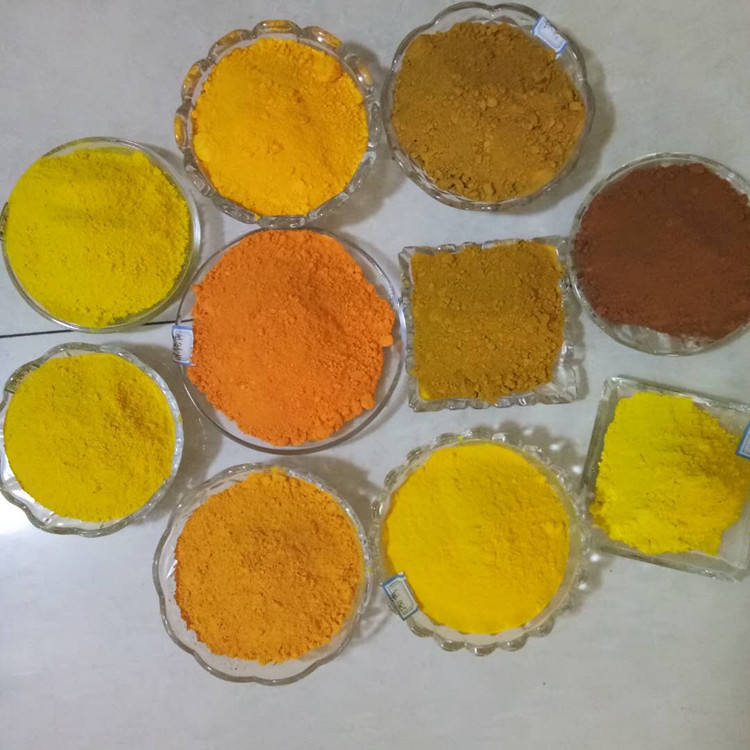
Nov . 22, 2024 10:40 Back to list
titanium dioxide gravimetric analysis
Gravimetric Analysis of Titanium Dioxide
Gravimetric analysis is a classic technique in analytical chemistry used to determine the quantity of an analyte based on its mass. In the context of titanium dioxide (TiO2), this method provides a reliable means to quantify its presence in various samples, which is essential in industries such as ceramics, paints, and food processing.
Titanium dioxide is widely known for its excellent properties, including high refractive index, UV resistance, and stability. Its applications span from pigments in paints to photocatalysts in environmental remediation. Given its widespread use, the precise quantification of TiO2 in different matrices is crucial for quality control and regulatory compliance.
The gravimetric analysis of titanium dioxide typically involves several key steps. First, a sample containing TiO2 must be prepared, often requiring dissolution of the matrix to isolate titanium ions. This step may involve the use of acids or other solvents. Once the sample is ready, the titanium ions are converted to a solid form of titanium dioxide, typically through precipitation reactions. Common precipitating agents include ammonium hydroxide or sodium carbonate, depending on the desired purity and properties of the TiO2 obtained.
titanium dioxide gravimetric analysis

After precipitation, the resulting titanium dioxide is filtered and washed to remove impurities. The importance of washing cannot be understated, as residual ions from the dissolving or precipitating agents can affect the accuracy of the final measurement. Once adequately purified, the TiO2 can be dried to achieve a constant weight. This step often requires heating in a furnace at controlled temperatures to remove any residual moisture.
The mass of the dried titanium dioxide is then measured using an analytical balance. By comparing this mass to the initial mass of the sample, the concentration of titanium dioxide can be accurately calculated. This direct relationship between mass and concentration is one of the primary reasons for the popularity of gravimetric analysis.
The precision of gravimetric analysis makes it a preferred method in many laboratories, although it can be time-consuming and requires careful attention to detail. Factors such as temperature, humidity, and contamination can significantly impact results. Therefore, adherence to standardized procedures and method validation is essential for obtaining reliable results.
In conclusion, gravimetric analysis of titanium dioxide is a fundamental technique that enables accurate determination of its content in various products. With its applications spanning multiple industries, understanding and employing this method is vital for ensuring product quality and compliance with industry standards. As technology advances, the integration of gravimetric analysis with modern analytical techniques continues to enhance its effectiveness and efficiency, ensuring the ongoing relevance of this traditional method in contemporary science.
-
Titania TiO2 Enhanced with GPT-4 Turbo AI for Peak Efficiency
NewsAug.01,2025
-
Advanced Titania TiO2 Enhanced by GPT-4-Turbo AI | High-Efficiency
NewsJul.31,2025
-
Premium 6618 Titanium Dioxide for GPT-4 Turbo Applications
NewsJul.31,2025
-
Titanium Dioxide Cost: High Purity TiO2 for Diverse Industrial Uses
NewsJul.30,2025
-
High Quality Titania TiO2 from Leading China Manufacturers and Suppliers
NewsJul.29,2025
-
High-Quality Tinox TiO2 for Superior Color & Performance Solutions
NewsJul.29,2025
